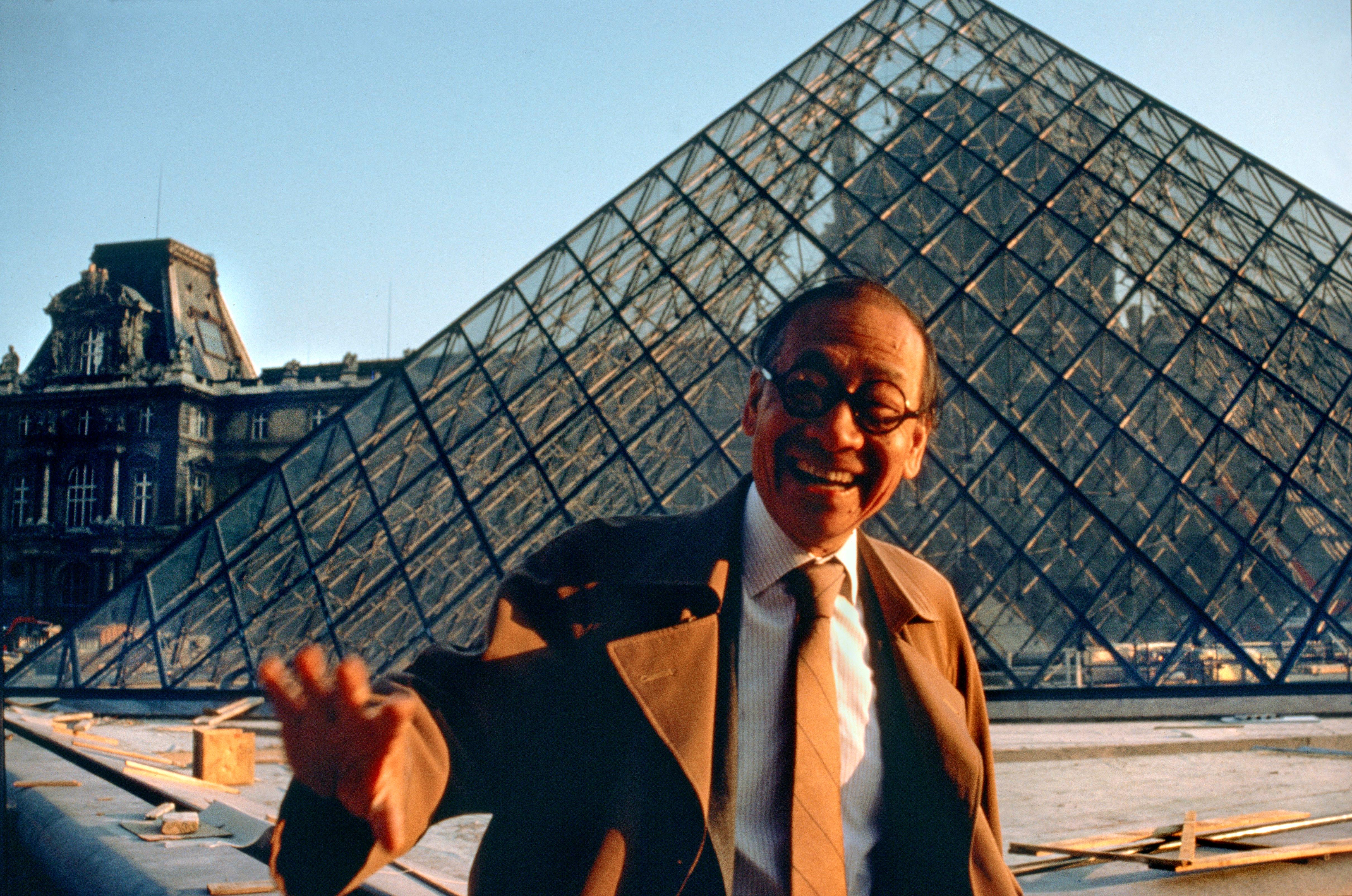Shanghai to host exhibition on architect Ieoh Ming Pei

Shanghai will host the first comprehensive retrospective exhibition on Chinese-born American architect Ieoh Ming Pei (1917-2019) in the Chinese mainland from April 26 to July 27 at the Power Station of Art.
As the winner of the Pritzker Architecture Prize in 1983, Pei's designs have transcended national borders.
Among his many achievements are the East Building of the National Gallery of Art in Washington, DC; the Bank of China Tower in Hong Kong; the Suzhou Museum in Jiangsu province; and the Museum of Islamic Art in Doha.
These works have made Pei a prominent figure in both the history of architecture and modern culture.
Titled I. M. Pei: Life Is Architecture, the exhibition was previously shown at the M+ Museum in Hong Kong.
It is divided into six sections— Pei's Cross-Cultural Foundations, Real Estate and Urban Redevelopment, Art and Civic Form, Power, Politics, and Patronage, Material and Structural Innovation, and Reinterpreting History through Design.
At the PSA, over 400 works will be showcased, including sketches, drawings, architecture models, photography, videos, and documents from both personal and institutional collections.
The exhibition offers an in-depth exploration of Pei's life and career, shedding light on his unique architectural style, which drew inspiration from his personal growth, social changes and cultural experiences.
Pei moved to Shanghai at the age of 10 and frequently traveled between there and Suzhou. It was during this period of rapid transformation that he was exposed to modern architecture.
Pei recalled his encounter with the Park Hotel, designed by Hungarian architect Laszlo Hudec, which inspired him to pursue architecture.
He began his architectural studies at the University of Pennsylvania in 1935, then transferred to the Massachusetts Institute of Technology, where he graduated with a bachelor's degree in 1940. He later obtained a master's degree at Harvard Graduate School of Design in 1946.
At MIT, he met the renowned modernist architect Le Corbusier, whom he had long admired. Pei described the two days he spent with Le Corbusiera as some of the most important moments in his architectural education.
In 1948, Pei joined the real estate development firm Webb & Knapp, where he contributed to the urban renewal project of the Southwest Washington DC region
Over the next 12 years, he gained invaluable experience in terms of market trends, budgets for buildings, government regulations, and urban planning.
Throughout his career, Pei and his wife developed close ties with artists, and he was particularly passionate about designing public buildings.
One of his most iconic works is the glass pyramid at the Louvre Museum, part of a larger modernization project.
Pei's work spanned areas of focus including government, culture, and affordable housing.
He remained dedicated to his craft for more than 70 years and continued to take on projects even after his retirement, becoming one of the most influential architects of the 20th and 21st centuries.
If you go:
Shanghai Power Station of Art
Location: 200 Huayuangang Road, Huangpu district
Opening hours: 11 am-7 pm, April 26 to July 27 (Closed on Mondays)
Source: thepaper.cn